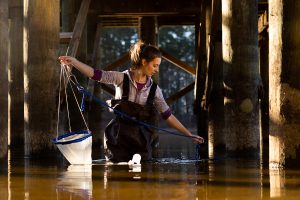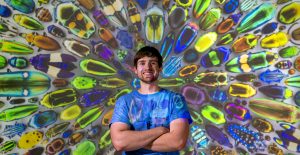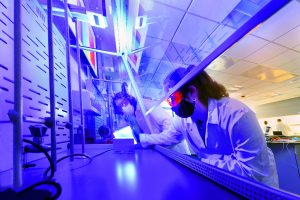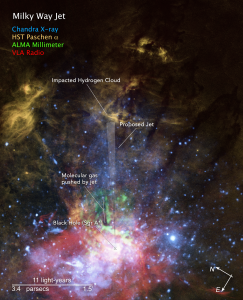Read Research and Innovation Stories

Racing Toward Innovation
Convergent science is characterized by cross-disciplinary research teams created to tackle big problems and speed the application of new breakthroughs to commercialization. At UNC, the Institute for Convergent Science is at the forefront of this pioneering framework.

Dying Young in the USA: New report shows lower life expectancy for young Americans
A new PRB report shows lower life expectancy for young Americans; researchers say “aggressive action” is needed to increase survival rates for infants, children, young adults. UNC sociologist Robert Hummer co-led the research team.

Disassembling Evolution’s Engine
When a research project centered on evolution within spadefoot toads fell through, Emily Harmon shifted her focus to microscopic swimmers called rotifers. The biology PhD student is studying an animal’s ability to adapt in one generation, which could inform conservation efforts in the face of climate change.

The Smorgasbord Scientist
Why do some organisms live in groups? What influences their cooperation with one another? How do they choose their mates? PhD student Brian Lerch has a lot of questions about ecology and evolutionary biology — and he strives to answer them using math.

The Lab of the Future is here
The next-generation laboratory made for modern learning and chemistry laboratory training has arrived. The Lab of the Future sets the pace for the future of undergraduate laboratory spaces at Carolina Chemistry.

COVID-19 gets its just desserts with sugar-coated test strips
New research by UNC-Chapel Hill and the University of California, San Diego, develops a low-cost test strip that provides a simple and accurate detection of COVID-19 infection within minutes.

After a wild blowout a few million years ago, the central black hole in our galaxy now dozes fitfully
A multi-institutional team led by the University of North Carolina at Chapel Hill traces still active particle beam.
